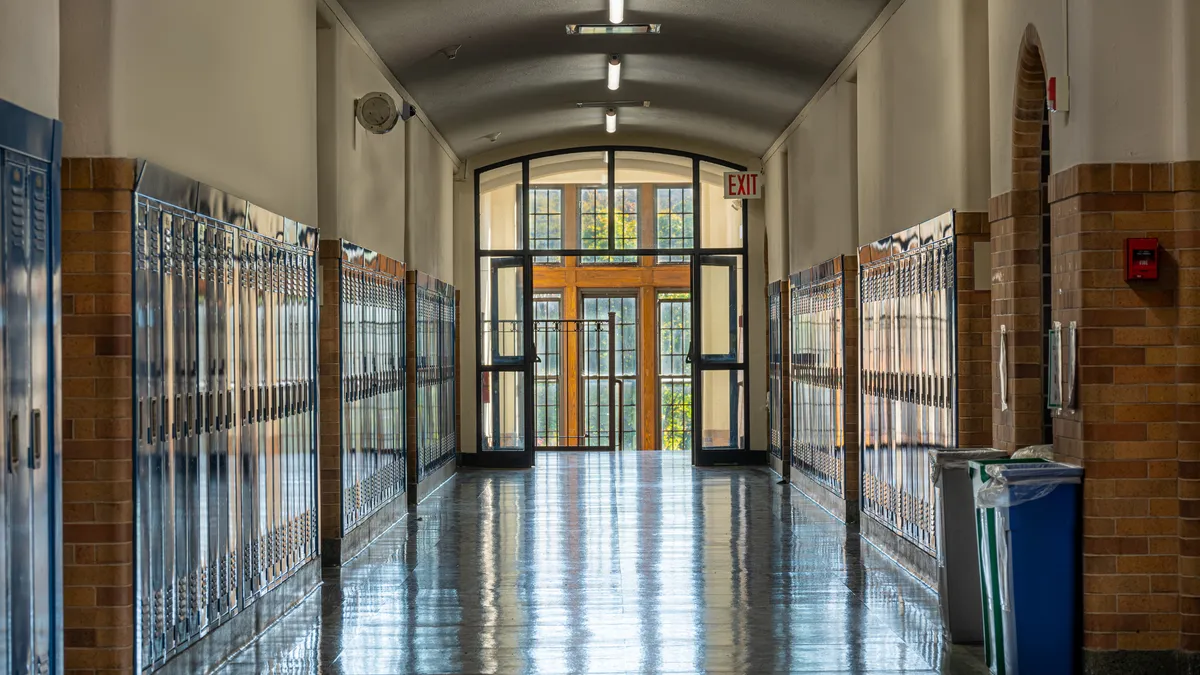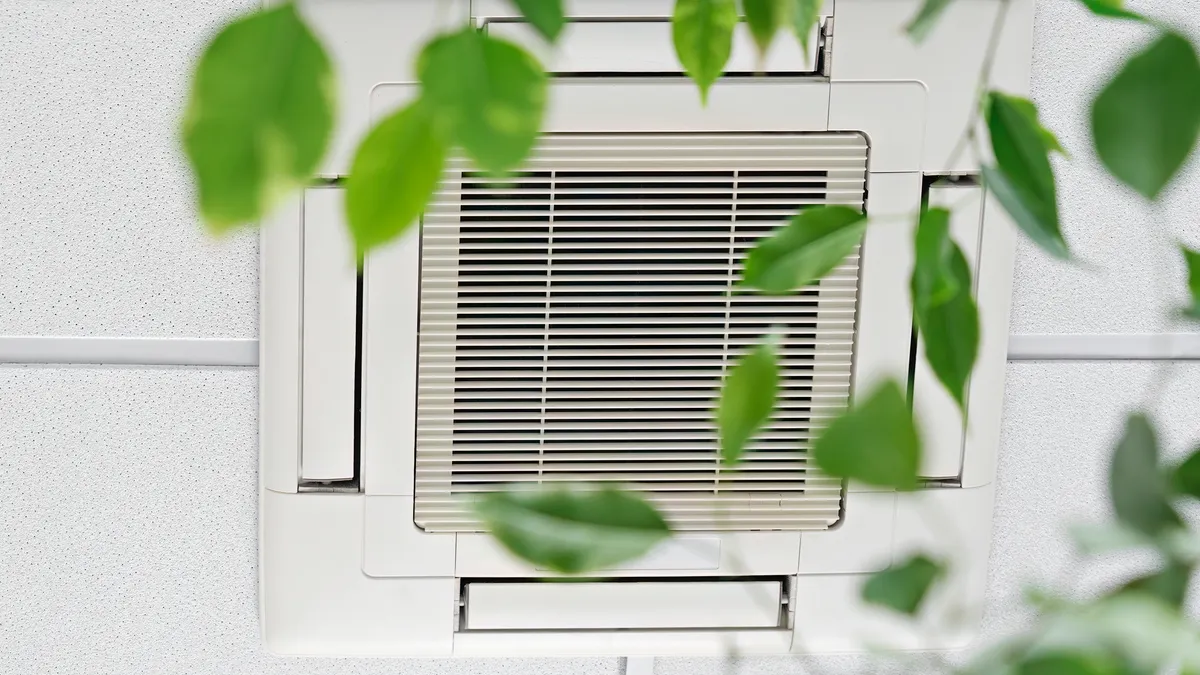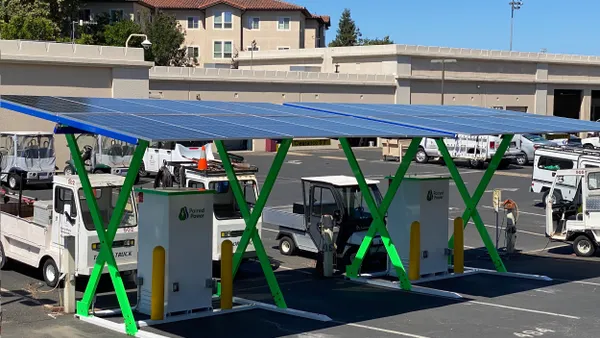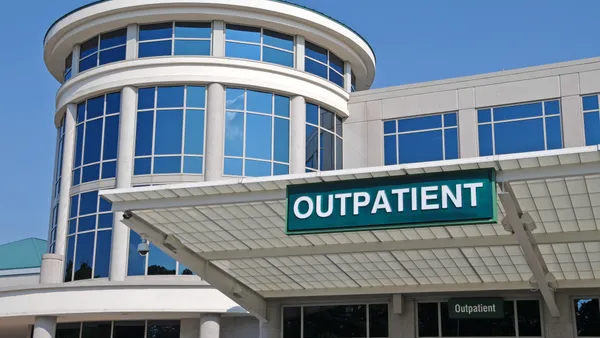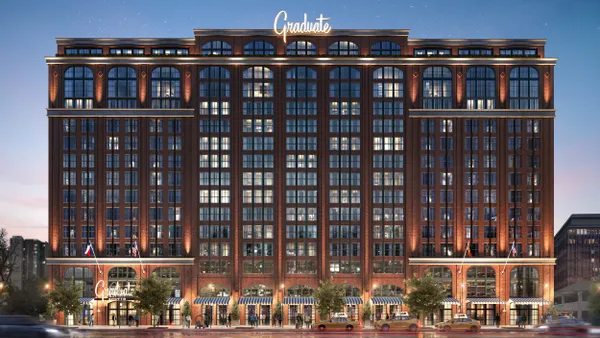Dive Brief:
- The shift toward smaller and more accessible non-hospital facilities for non-critical medical services is supporting demand for medical outpatient buildings, according to CBRE’s 2025 U.S. Healthcare Real Estate Outlook, released this month.
- The overall vacancy rate in medical outpatient buildings such as hospital-affiliated urgent care clinics and surgery centers fell by 4 percentage points from 2010 to 2023, CBRE says. Despite “a robust pipeline of new product,” it expects the vacancy rate to fall below 9.5% over the next two years, reaching a new record for occupied space.
- While trends such as the aging population, growing healthcare spending and new technologies support growth in this real estate sector, as do easing inflation and expected interest rate cuts, healthcare labor availability is a potential risk, the firm said.
Dive Insight:
The report notes significant size differences between the average hospital-adjacent and decentralized medical outpatient building, however. Newly built MOBs that are not adjacent to hospitals average 26,500 square feet, it says, while a hospital-adjacent MOB averages 66,900 square feet.
Healthcare providers’ use of leased space is changing, according to the CBRE report. Healthcare systems’ leased administrative space shrunk about 68% from 2019 to its annual average between 2020 and 2023, reflecting reduced space requirements as hybrid work becomes more common.
In contrast, healthcare systems’ leasing for patient services grew modestly, rising 9.1% from 2019 to the annual average between 2020 and 2023. While hospitals and healthcare systems signed more leases in 2021 and 2022 than they did before the COVID-19 pandemic, their total lease count dropped in 2023, with volume also declining 16% year over year, according to the report.
The CBRE report highlights that major medical providers are increasingly leasing space in diverse property types beyond purpose-built medical outpatient buildings, including “traditional office buildings and former anchor-tenant spaces in shopping malls,” fueled by a desire to make locations more accessible and scale capacity at a time of “rapidly rising demand.”
While overall healthcare leasing activity remains below pre-pandemic levels, independent providers — such as private medical practitioners, unaffiliated urgent care centers and surgery centers— have grown their share of overall healthcare leasing, according to CBRE. Independent providers have been signing significantly more leases since 2019, driven by rising demand for specialist healthcare services, it says.
Despite downsizing in administrative space, healthcare providers continue to maintain sizable real estate portfolios for patient-facing operations, CBRE says. Its report notes that average lease sizes for administrative purposes have shrunk by 37%, to 53,900 square feet, from 86,100 square feet in 2019. Patient-facing operations have seen smaller declines, ranging from 5% for those operated by healthcare systems to 20% for those operated by private providers.
As demand for outpatient care grows, the trend toward decentralization is expected to sustain strong leasing activity across various commercial property types, CBRE says, noting this shift will continue driving the development and occupancy of MOBs.





